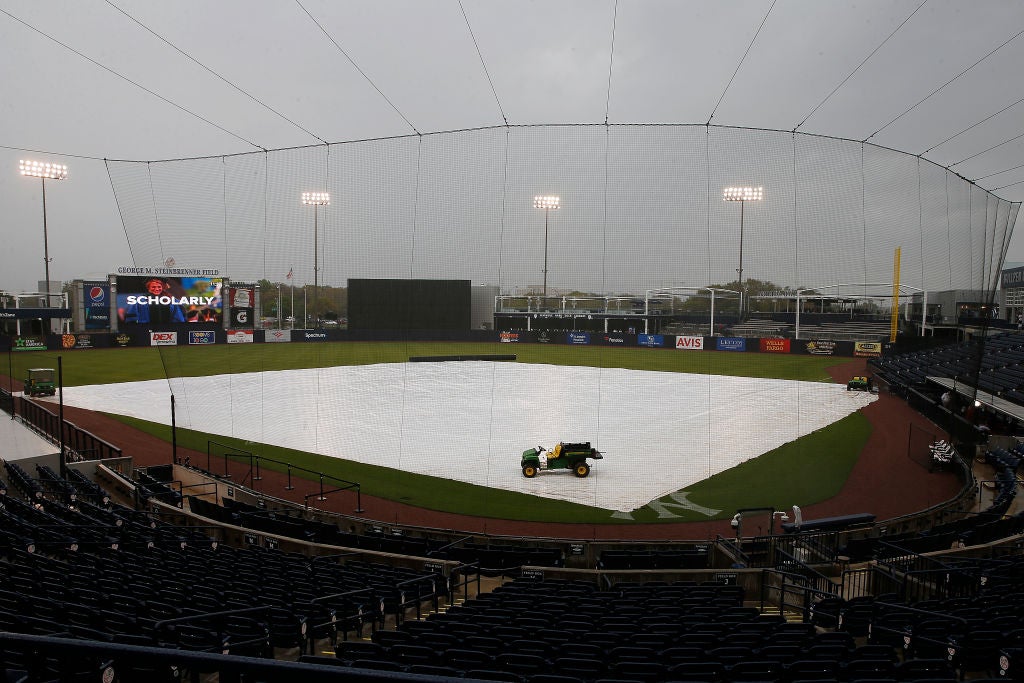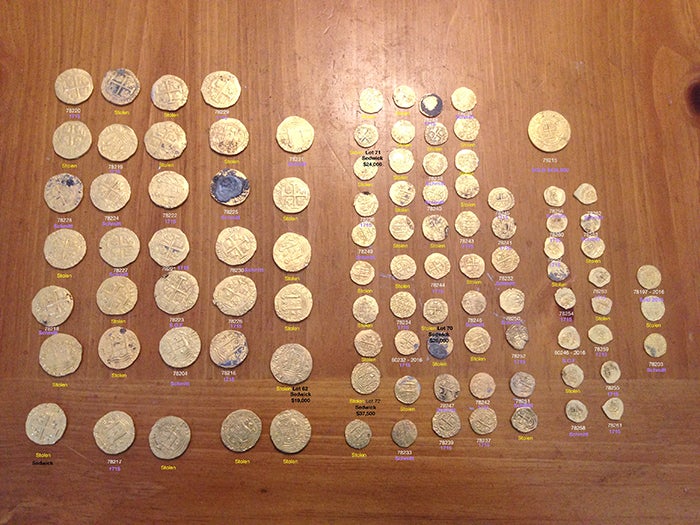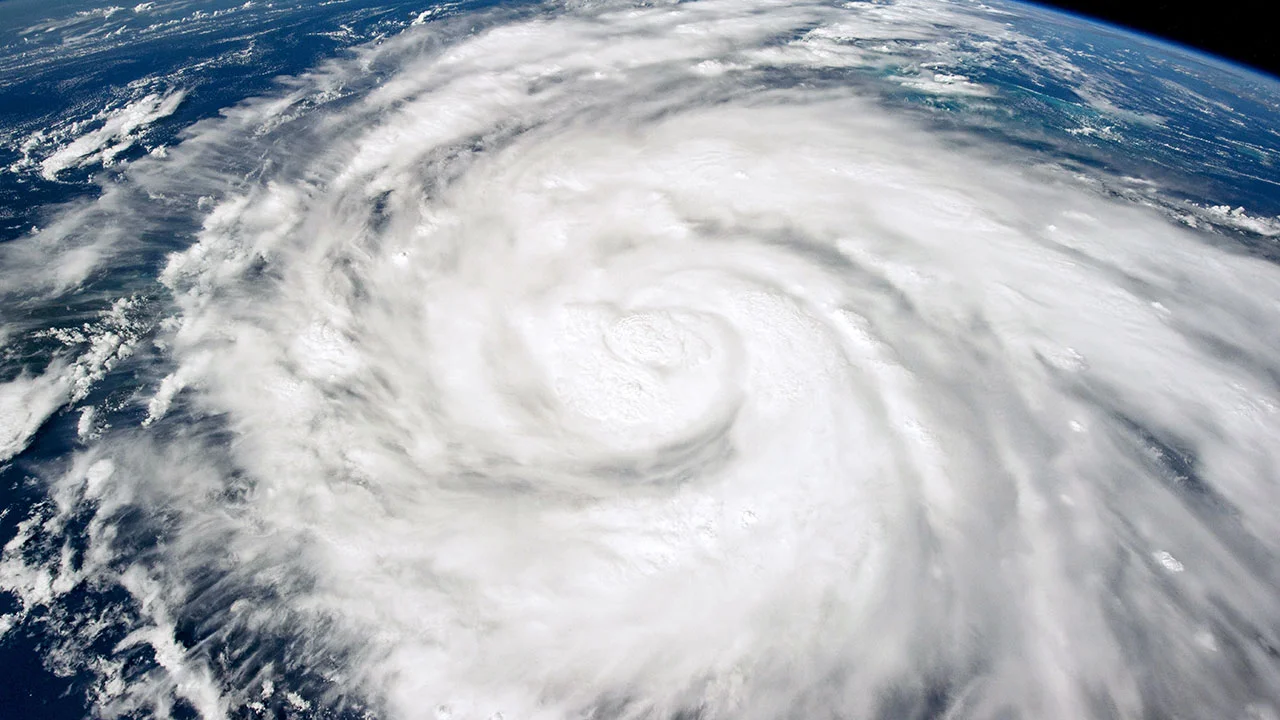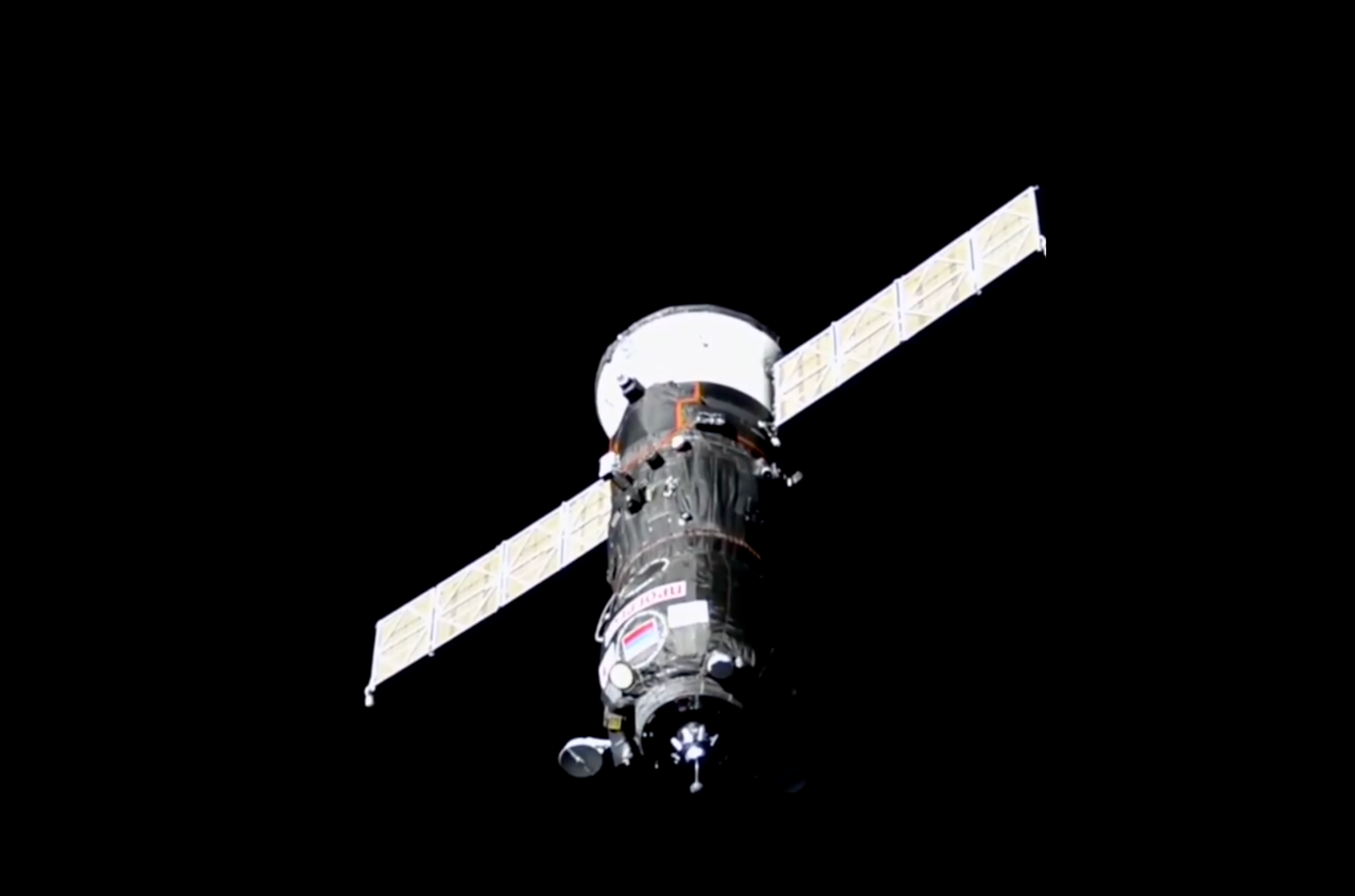TAMPA, Fla. — The Tampa Bay Rays are going to have to unexpectedly play their home games outdoors this season in the middle of Florida’s thunderstorm season, but Major League Baseball says it is now swapping some games around to limit the potential disruptions to their schedule.The Rays’ usual home field, the domed Tropicana Field, was significantly damaged during Hurricane Milton. The storm’s 101 mph wind gusts tore apart the fabric roof that covered the stadium, leaving the field and stands in tatters.With repairs expected to last well beyond next season, Major League Baseball has moved the Rays’ home games this season to nearby George Steinbrenner Field in Tampa, home to the New York Yankees’ Single-A minor league affiliate Tampa Tarpons.NEW TO FLORIDA? HERE’S WHEN THE SUNSHINE STATE’S RAINY SEASON GETS UNDERWAYBut the heart of baseball season coincides with the heart of the rainy season in western Florida, which really ramps up around the start of June. That’s when a budding and persistent “Bermuda High” begins to push streams of moisture into Florida, enhanced by water temperatures warming over 82 degrees and dew points climbing into the 70s.The combination of those warm air temperatures, moisture and sea breezes are the main ingredients that align for showers and thunderstorms to pop during the afternoons, giving Florida the title of lightning capital of the U.S.”As temperatures warm from April into June as the season transitions from Spring to Summer, it provides the fuel needed to help spark thunderstorms, which then becomes a daily thing as we reach peak heating into the middle of summer,” says FOX Weather Senior Meteorologist Jordan Overton. NEW PHOTOS SHOW EXTENSIVE DAMAGE INSIDE TROPICANA FIELD AFTER HURRICANE MILTONBut the first few months of the baseball season predate the Florida rainy season. Looking back at 134 years of data, only about 15-18% of dates in April into late May have had measurable rain, with days receiving over a half inch fairly rare.But those numbers rapidly increase as you get into June and peak in July and August, where most any given date has reported measurable rain on more than half of the past 134 years. The data shows more than a third of the dates have had at least a tenth of an inch, with roughly a day with a half inch of rain or more occurring at least once a week.The Tarpons’ 2023 season was littered with frequent weather delays. There were 20 games either suffering rain delays, suspensions, or postponements out of 66 scheduled home games, according to their social media posts. However, half the weather issues came in July, including rain delays or cancelations on seven game days between July 19-28. On the other hand, there were no reported weather delays for any games before mid-June.TAMPA, ST. PETERSBURG LASHED BY 100-MPH WINDS, CATASTROPHIC FLASH FLOODING FROM HURRICANE MILTONTo that end, MLB is now going to try to limit the Rays’ exposure to home games in the heart of the thunderstorm season. The league announced on Sunday it is trading two series’ homestands, swapping the home games against Anaheim from Aug. 5-7 to April 8-10. Then a series against the Minnesota Twins will now take place in Tampa on May 26-28 instead of July 4-6.”These proactive schedule adjustments have been made to optimize the number of games played in the best weather conditions given the Rays’ transition to an outdoor ballpark,” MLB said in a statement.The switch now means the Rays will play 37 of their first 58 games before June 1 in Tampa. On the flip side, they will only have 30 home games left after July 1 with still about half the 162-game season to play.
/
November 27, 2024
Tampa Bay Rays now get fewer home games after July 1 to dodge Florida’s frequent thunderstorms







